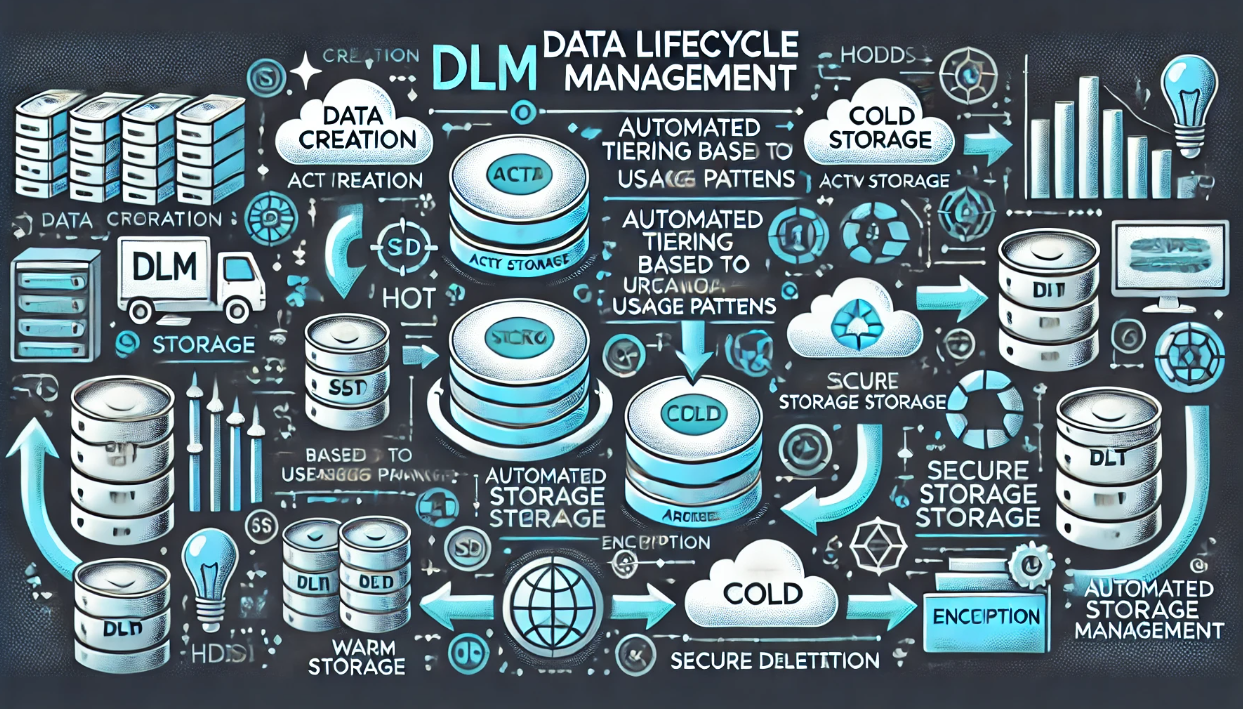Tiered Storage Plans: Maximizing Revenue with Hot, Warm, and Cold Storage Options
As businesses generate more data than ever, tiered storage plans offer a cost-effective solution to manage data access frequency while maximizing revenue. By categorizing data into hot, warm, and cold storage tiers, companies can optimize performance, costs, and accessibility.
In this guide, we’ll explore the different types of storage, how to price them effectively, and best practices for implementing tiered storage solutions.
1. What is Tiered Storage?
Tiered storage is a data management strategy that assigns storage resources based on access frequency, cost, and performance needs. The three primary tiers are:
Hot Storage (High-Speed & High-Cost)
- Frequently accessed data
- Stored on fast SSDs or NVMe drives
- Low latency, high availability
Examples:
✅ Active databases
✅ E-commerce transaction logs
✅ Real-time analytics
Warm Storage (Balanced Performance & Cost)
- Occasionally accessed data
- Stored on HDDs or mid-tier SSDs
- Moderate latency, balanced cost
Examples:
✅ Archived customer records
✅ Business intelligence reports
✅ Cloud backups used for regular restores
Cold Storage (Low-Cost & Long-Term Retention)
- Rarely accessed data
- Stored on low-cost HDDs, tapes, or cloud archival solutions
- High latency, but cheap per GB
Examples:
✅ Legal and compliance records
✅ Medical and financial archives
✅ Old server logs and backups
2. How to Price Hot, Warm, and Cold Storage
Pricing storage tiers effectively can boost revenue while keeping costs competitive. Here’s how to set pricing based on storage type:
| Storage Type | Cost per GB ($) | Latency | Use Case |
|---|---|---|---|
| Hot Storage | $0.10 – $0.30 | Milliseconds | Critical real-time applications |
| Warm Storage | $0.02 – $0.10 | Seconds to minutes | Less frequent access, lower priority workloads |
| Cold Storage | $0.001 – $0.02 | Minutes to hours | Archival, compliance, disaster recovery |
Pricing Strategy:
- Charge a premium for hot storage to cover high-performance SSD costs.
- Offer warm storage at a mid-range price for customers who need occasional access.
- Provide bulk discounts for cold storage, making it attractive for long-term retention.
3. Cloud-Based Tiered Storage Options
Many cloud providers already implement tiered storage pricing:
| Cloud Provider | Hot Storage | Warm Storage | Cold Storage |
|---|---|---|---|
| Amazon S3 | S3 Standard | S3 Infrequent Access | S3 Glacier / Deep Archive |
| Google Cloud | Standard Storage | Nearline Storage | Coldline / Archive |
| Microsoft Azure | Hot Blob Storage | Cool Blob Storage | Archive Blob Storage |
How to Compete with Cloud Providers:
- Offer custom pricing plans for enterprises with hybrid storage needs.
- Provide bundled storage plans (e.g., 1TB hot + 5TB cold storage at a discount).
- Ensure data migration tools for customers transitioning between storage tiers.
4. Implementing a Tiered Storage Strategy
✅ Step 1: Identify Data Access Patterns
Use analytics tools to track how often data is accessed and categorize it into hot, warm, or cold storage.
✅ Step 2: Choose the Right Hardware & Storage Media
- Hot storage: SSDs, NVMe drives
- Warm storage: HDDs, hybrid solutions
- Cold storage: Tape backups, archival HDDs, cloud cold storage
✅ Step 3: Automate Data Migration Between Tiers
Set up automated lifecycle policies to move data to lower-cost storage tiers after a certain period.
Example using AWS S3 Lifecycle Policy:
{
"Rules": [
{
"ID": "MoveToInfrequentAccess",
"Prefix": "",
"Status": "Enabled",
"Transitions": [
{
"Days": 30,
"StorageClass": "STANDARD_IA"
},
{
"Days": 90,
"StorageClass": "GLACIER"
}
]
}
]
}
Best Practice: Move stale data to cold storage after 90 days and delete unused data after a year to save storage costs.
5. Monetizing Tiered Storage Plans
Offer Pay-As-You-Go & Subscription Models
- Per-GB pricing (Hot: $0.20/GB, Warm: $0.05/GB, Cold: $0.01/GB).
- Flat-rate tiers (1TB hot + 5TB cold for $50/month).
- Data egress fees (Charge for retrieving large amounts of archived data).
Bundle Storage with Other Services
- Disaster Recovery Plans – Include automated backups + cold storage.
- Compliance & Security Services – Offer encryption and access logs.
- Hybrid Cloud Storage – Combine on-prem and cloud solutions for enterprises.
Example: Dropbox and Google Drive offer tiered storage pricing with hot storage for active files and cold storage for archived data.
6. Final Thoughts
Tiered storage solutions maximize revenue while optimizing storage costs. By offering hot, warm, and cold storage plans, businesses can:
✅ Charge premium prices for high-performance storage.
✅ Reduce infrastructure costs with cold storage solutions.
✅ Attract different customer segments based on storage needs.
Want to implement tiered storage for your business? Start categorizing data and setting up automated migration policies today!

